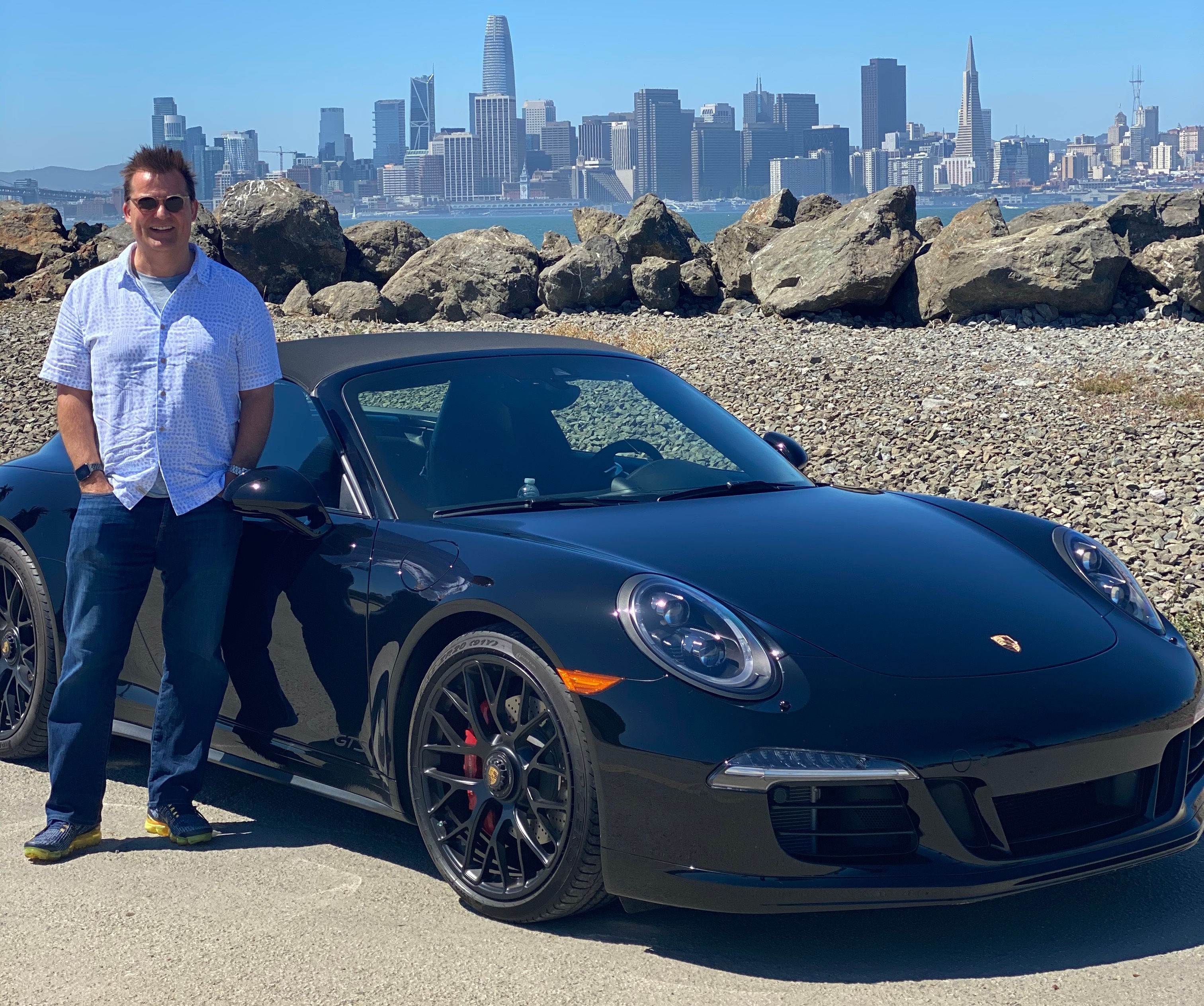
When it comes to
However, with some vehicles going for millions at auction, they may be
The market for collectible cars as portfolio investments has shifted in recent years, said Robert Dietz, founder of specialty vehicle dealership and car collection management group
“We’re seeing more and more folks start looking at vehicles as part of a diversified portfolio,” he said. “But this takes a very thoughtful and educated investor to truly leverage cars as part of their investment strategy.”
An extremely volatile market
Investing in collectible cars is “slightly unorthodox,” said Carl Rodriguez, founder and head of marketing of
“But you can’t keep a passionate person away from their craft,” he said. “Especially if they have the buying power, too. So enthusiasts with taste will still go for these vehicles.”
As the car market can be fickle, Robert Persichitte, CFP and founder of
“We use extremely conservative assumptions about the investment’s value, including the assumption that it could lose all of its value,” he said.
READ MORE:
Guided by passion, not expected returns
Marc Skirvin, president and co-founder of
“Pure investment buyers who never drive their cars are pretty rare because maintaining a vehicle that sits unused creates its own problems and costs,” he said.
“Unlike stocks or real estate, cars are depreciating assets that require constant maintenance to preserve their value,” Skirvin said. “The collectors who make money usually have mechanical skills to do their own work and space to store vehicles properly.”
READ MORE:
While a collector might luck out, Dietz said making a wise purchase generally takes in-depth knowledge of a vehicle.
“The devil is in the details, including the specific options on the car, how unique the spec or the color is, and more,” he said.
Investing tips, from limited production to service records and shipping
For a car to be a
Various factors can affect value and appreciation, said Dietz. What’s popular can change over time.
“Right now, we’re seeing a focus on modern Porsches, manual transmission cars and low-mile examples of rare and interesting cars,” he said.
Rodriguez said he has noticed strong gravitation toward McLarens, Ford Mustangs and Ferraris, and that antique pieces from the 1970s and post-World War II era have garnered interest as well.
The smart collectors are targeting narrow eras that they know everything about, said Skirvin. These can include muscle cars from the late 1960s or “zippy” Japanese sports cars from the 1990s, he said.
“One customer is an expert on original Datsun 240Zs, since he knows what specific tell-tales to look for, say, in the rust patterns, engine modifications and authenticity marks,” he said. “One chap will buy only first-generation [Chevrolet] Camaros, because he has restored dozens of them and can find issues other folks overlook.”
Potential investors should begin by researching vehicles that they actually know and would want to drive once in a while, said Skirvin.
“Buy from known dealers or collectors with documentation of its authenticity. A title history, matching numbers on components and service records are more important than glossy paint,” he said. “Avoid auction fever and set firm budgets before looking at anything, because emotions drive up prices fast at car shows and auctions.”
Be sure to also spend time reviewing shipping partners, as any dents will affect the value.
“Make sure, after your background checks with respect to the car itself, you choose the right shipment company, too,” he said Rodriguez. “Take before and after photos and videos to keep track of potential scratches and dents.”
To drive or not to drive?
Once a collector has purchased a vehicle, they have to decide whether or not to get behind the wheel — a choice that can affect the vehicle’s value. One approach is to treat the car as a “curbside princess” driven only when rolling it on and off the trailer at car shows.
“This strategy is probably the most profitable,” he said.
Another approach is to drive the care without putting on excessive miles, helping to keep it in the best shape possible, he said. However, driving it could diminish its potential sticker price.
“The car has been designed to be driven, and probably driven hard, so putting it through its paces from time to time ensures that it is a great collector’s item for a driving enthusiast,” he said.
The level of use depends on each buyer and vehicle, said Dietz. For example, an extremely low-mileage vehicle would need to be appreciated as a piece of art to achieve the maximum potential return, he said.
“In other cases, you may see a collector get to enjoy some miles in a vehicle while it retains its value or even appreciates over time,” he said.
One big upside of car collecting is the ability to enjoy the car as its owner, said Persichitte.
“At the end of the day, if you want it and can afford it, you should buy it,” he said. “The appreciation in value should never be your primary motivation, but just a cherry on top.”
#Collectible #cars #investment #strategy